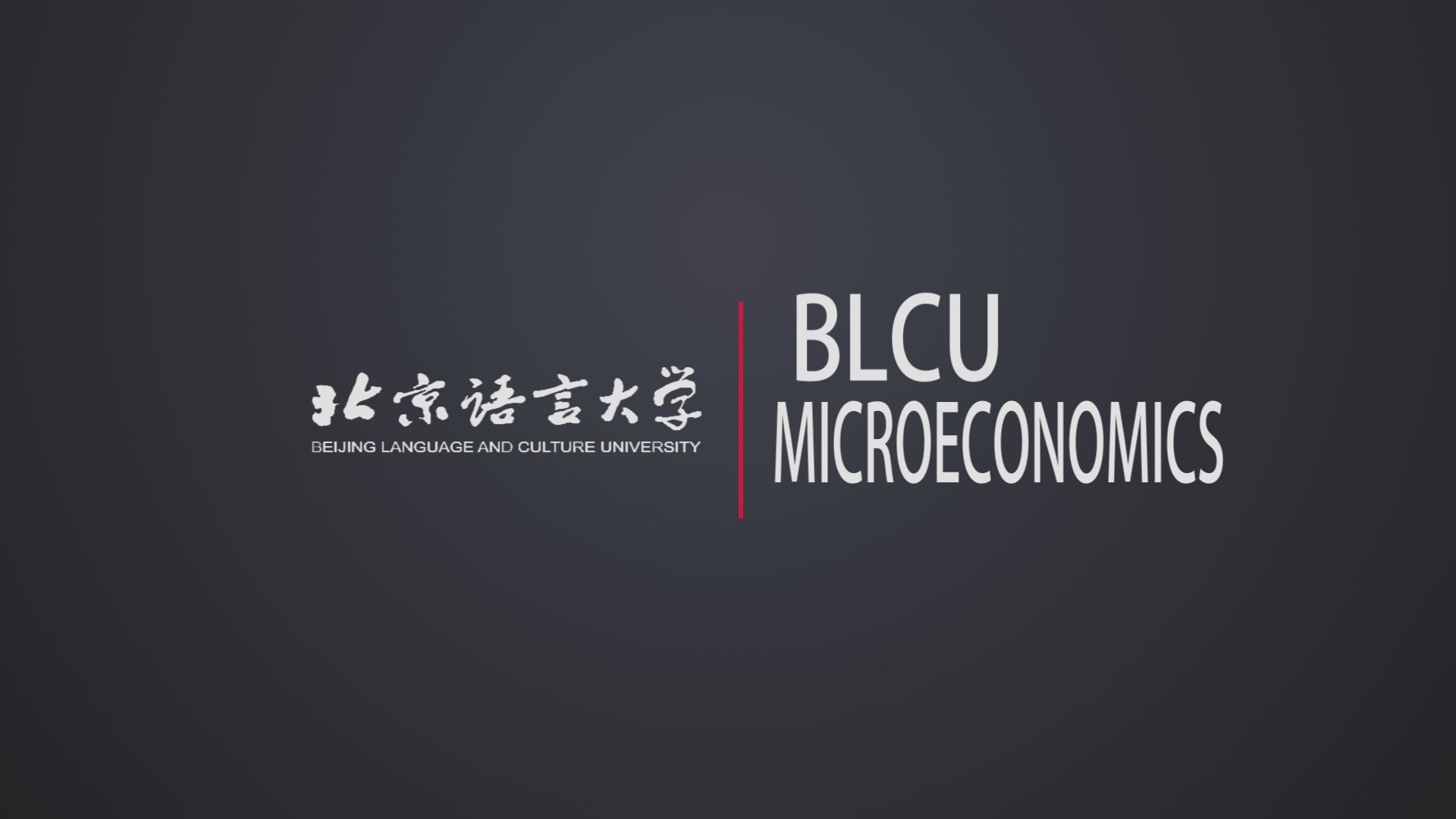
当前课程知识点:Biopharmaceutical and Toxicological Analysis > Chapter 5 Chromatography and its hyphenated techniques > 5.1 Hyphenated chromatography (1) > Video
返回《Biopharmaceutical and Toxicological Analysis》慕课在线视频课程列表
返回《Biopharmaceutical and Toxicological Analysis》慕课在线视频列表
Hello everyone!
Before starting today's topic, let's watch a video.
However, how was Johnson caught doping?
The drug concentrations in biosamples are generally quite low,
and serious interference may exist during analysis.
The sensitivity, and specificity of routine chromatographic method
may not meet the requirements.
In Johnson's case,
the chromatography coupled with mass spectrometry played a key role.
Combining the high separation efficiency of chromatography
with the high specificity and high sensitivity of MS
is a better choice for the qualitative
and quantitative analysis of complex mixtures.
At present,
chromatography-MS technology has become
one of the most powerful analytical tools in qualitative
and quantitative analysis of drugs and metabolites, pharmacokinetics,
toxicokinetics, therapeutic drug monitoring, and forensic analysis.
Chromatography-mass spectrometry
includes gas chromatography-mass spectrometry (GC-MS),
high performance liquid chromatography-mass spectrometry (HPLC-MS),
and capillary electrophoresis-mass spectrometry (CE-MS).
Since LC/MS has become a standard configuration in bioanalysis,
this topic will focus on it.
The basic components of a LC-MS system
consist of liquid chromatography system,
sample introduction system, ion source, mass analyzer,
detector, vacuum system, and computer.
It is known to all that HPLC uses liquid at atmosphere as the mobile phase,
while MS requires a high vacuum.
Hence, these conflicting natures need an interface.
The development of LC/MS is said to advance the interface.
The interface can nebulize the liquid containing the analytes,
remove most solvents,
and ionize the analyte molecules.
At present, the common interface of commercial LC-MS
is mainly the atmospheric pressure ionization (API),
which is not only a good interface but also a good ionization method.
Common operation modes of API include the Electrospray Ionization (ESI),
Pneumatically assisted ESI,
and Atmospheric Pressure Chemical Ionization (APCI)
First, let's talk about the principles of ESI
and pneumatically assisted ESI.
The principle of pneumatically assisted ESI is the same as ESI,
except that the spray is aided by nebulization (pneumatically assisted).
Let's take a look at this scheme.
When the sample solution passes
through the spray capillary tube with high voltage gradient,
electrostatic spray occurs,
and a mist of charged droplets are generated in the dry gas flow.
The charged droplets continually diminish in size by solvent evaporation,
assisted by the flow of the drying gas,
leading to the ion ejection to the gaseous phase.
The emitted ions are sampled by a sampling skimmer cone
following the voltage and pressure gradient
and then reach the mass analyzer.
In some designs,
heated nitrogen is used as a curtain gas
to blow out from the inlet of the mass analyzer,
which facilitates the separation of sample and solvent ions
to prevent solvent passing into the vacuum chamber of MS.
Let's take a closer look at the generation of charged droplets
When the electric field acts on the capillary,
if the capillary is the anode,
the positive ions in the solution move towards the tip of the capillary,
while the negative ions move in the opposite direction.
The cations accumulated at the tip of the capillary
are counterbalanced by surface tension when migrating to the cathode,
forming a Taylor cone.
When the voltage is high enough,
the liquid will be released from the Taylor cone
and further broken into many tiny charged droplets.
Then, how is the gas-phase ion formed?
The charged droplets diminish in size by solvent evaporation,
while the charge of the droplets does not change,
increasing the repulsive force of the charge.
When the electrostatic repulsion is greater than the surface tension,
the droplets undergo Coulomb fission,
whereby the original droplet explodes'
to create many smaller droplets.
The new droplets undergo desolvation
and subsequently further Coulomb fissions,
thus producing completely desolvated molecular ions.
From this process,
we can see that the ESI ionization is affected by many factors.
Therefore, the experimental conditions
should be optimized to maintain a stable and sensitive mass response.
Then what will influence the ESI?
First, the degree of ionization,
which is related to the pKa of the analyte and the pH of the solution.
ESI is the process of transferring ions from solution to the gas phase.
Keeping analyte as ions
could enhance the formation of the gas phase ions
and subsequently increase the detection sensitivity.
For basic analytes,
decreasing the pH of mobile phase (2 units below pKa of the analyte)
by adding a weak volatile acid
like formic acid can protonate the analyte.
The MS works at positive ion detection mode.
For acidic analytes, increasing the pH of mobile phase
(2 units above pKa of the analyte)
by adding ammonia helps to form negative ions.
The MS adopts the negative ion detection mode.
But in practice,
considering the chromatographic separation,
small amount of acetic acid or formic acid (generally less than 0.05%)
is often added to the mobile phase.
The weak acid mobile phase
can improve the chromatographic behavior of acidic substances,
such as symmetrical and sharp peaks,
as well as enhance retention.
Second, the nature of the mobile phase
Methanol-water or acetonitrile-water system
is usually used as the mobile phase.
But it should be noted that phosphate,
citrate and other non-volatile salts
and ion pair reagents are not compatible with LC-MS.
Instead, we should use the volatile additives,
such as formic acid, acetic acid, ammonia,
ammonium acetate, ammonium formate, etc.
Third, the flow rate of the mobile phase.
At a slower flow rate,
smaller droplets are formed
which is beneficial to produce gas phase ions,
thereby improving response sensitivity.
A high flow rate needs the pneumatically auxiliary device
to improve the nebulization effect.
A post-column splitter could also be used
so that only part of the mobile phase goes to the MS.
Since ESI is a concentration-dependent detector,
the post-column split will not affect its sensitivity.
Atmospheric pressure chemical ionization (APCI).
Though the interface design is similar to ESI,
their ionization principle differs.
APCI has a corona discharge needle,
which emits free electrons
and starts the subsequent ionization process.
At the same time,
APCI could heat the spray gas.
At the atmospheric pressure,
the mobile phase is ionized by the corona discharge
to generate stable reaction ions.
Protons are transferred between these reaction ions
and analyte molecules, resulting in ionization.
APCI is more suitable for the non-polar
or medium-polar small molecules
and is not suitable for thermally labile
or polar compounds which are hard to vaporize.
ESI is the most commonly used interface,
which is suitable for medium to strong polar compounds,
especially those creating ions in solutions
as well as the macromolecules undergoing multiple protonation.
Both APCI and ESI belong to soft ionization,
mainly producing quasi-molecular ions,
including M+H, M+Na, M+K, M+NH4, etc.
To summarize,
we have introduced the advantages
and application scope of the chromatography-MS.
The interface and ionization principles for LC-MS
are described in-depth.
The influencing factors,
and differences between ESI and APCI should be mastered.
Here is a question for everyone:
Trimetazidine hydrochloride is clinically effective in treating diseases
such as myocardial ischemia and angina pectoris.
The clinical dose is 20mg.
Foreign literature reported that the Cmax was about 50 ng/ml.
Now, we plan to carry out the pharmacokinetics
and bioequivalence studies in Chinese subjects.
Please design the LC-MS experimental conditions,
including ion source and mobile phase,
based on the chemical structure of the drug
and what you have learned from this lecture,
and briefly describe your design basis.
That's all for today,
thanks for watching.
-PPT
-Assignment
-2.1 Drug’s in vivo process – absorption and distribution
--PPT
--Video
-2.2 Drug’s in vivo process – metabolism and excretion
--PPT
--Video
-2.3 Therapeutic drug monitoring
--PPT
--Video
-2.4 Assignment
--Assignment
-3.1 Preparation and storage of commonly used biospecimens
--PPT
--Video
-3.2 Pretreatment of biospecimens (1)
--PPT
--Video
-3.3 Pretreatment of biospecimens (2)
--PPT
--Video
-3.4 Advances in pretreatment of biospecimens
--PPT
--Video
-3.5 Assignment
--Assignment
-4.1 Design and development of bioanalytical method
--PPT
--Video
-4.2 Bioanalytical method validation (1)
--PPT
--Video
-4.3 Bioanalytical method validation (2)
--PPT
--Video
-4.4 Assignment
--Assignment
-5.1 Hyphenated chromatography (1)
--PPT
--Video
-5.2 Hyphenated chromatography (2)
--PPT
--Video
-5.3 High performance capillary electrophoresis
--PPT
--Video
-5.4 Assignment
--Assignment
-6.1 Immunoassay (1)
--PPT
--Video
-6.2 Immunoassay (2)
--PPT
--Video
-6.3 Immunoassay (3)
--PPT
--Video
-6.4 Capillary electrophoresis-based immunoassay
--PPT
--Video
-6.5 Assignment
--Assignment
-7.1 Isotope analysis
--PPT
--Video
-7.2 Mass spectrometry imaging
--PPT
--Video
-7.3 Advances in Biopharmaceutical Analysis
--PPT
--Video
-7.4 Assignment
--Assignment
-8.1 Bioanalysis of biotechnological drugs
--PPT
--Video
-8.2 Bioanalysis of endogenous steroid hormones
--PPT
--Video
-9.1 Bioanalysis of animal and plant poisons
--PPT
--Video
-9.2 Bioanalysis of of water-soluble poisons
--Video
-10.1 Bioanalysis of drugs of abuse
--PPT
--Video
-Website of virtual simulation experiment
-Final examination

